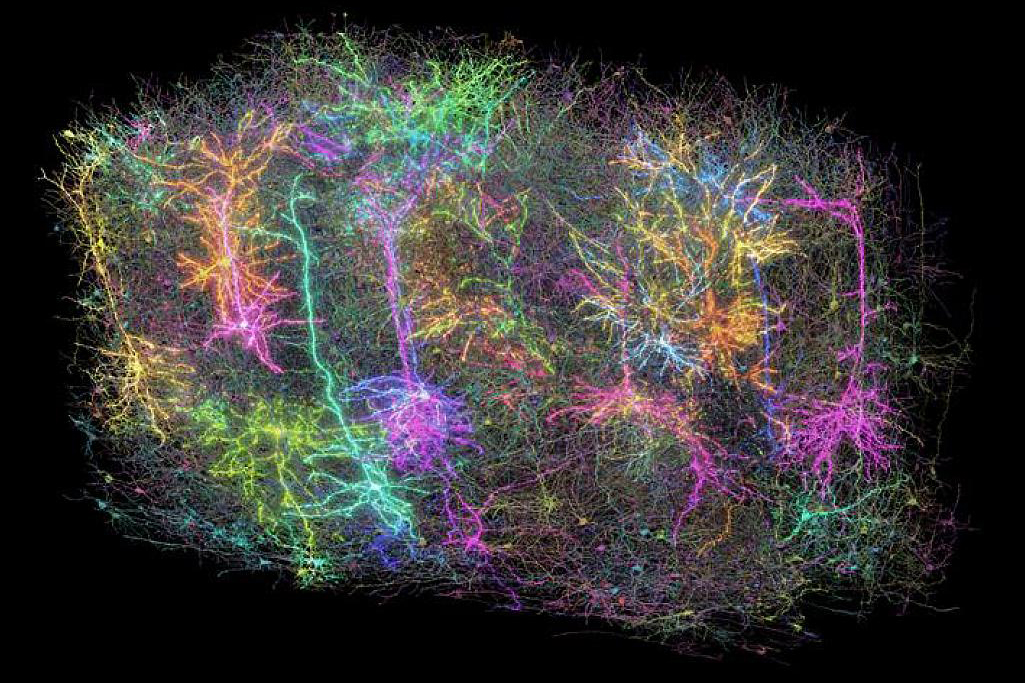New Insights into IDH1's Role in Erythropoiesis: Implications for Diagnosis and Treatment
The effective diagnosis and treatment of tumors that carry mutations in the IDH1 gene is heavily dependent on a thorough understanding of both the biological and physiological roles of this gene. In a groundbreaking study, researchers have explored an enzyme activity-independent role of IDH1 in the regulation of human erythropoiesis, a process critical for red blood cell production, through the remodeling of chromatin states. Specifically, the research demonstrated that a deficiency in nuclear IDH1 led to a significant accumulation of multiple histone modifications, with H3K79me3 emerging as a key factor. This accumulation resulted in the upregulation of SIRT1, contributing to defects in essential cellular events that occur during the terminal stages of erythropoiesis.
Recent advances in the understanding of non-catalytic activities of metabolic enzymes have highlighted new roles of IDH1, as described by Thomas et al. (2022). Notably, changes in the subcellular distribution of metabolic enzymes are linked to distinct non-canonical functions. It has been documented that metabolic intermediates like acetyl CoA, -ketoglutarate (-KG), S-adenosylmethionine, and nicotinamide adenine dinucleotide can act as cofactors for the epigenetic modification of nuclear genes, thereby regulating stem cell function and differentiation (Gut and Verdin, 2013). Intriguingly, hexokinase 2 (HK2), another metabolic enzyme, has been found to localize in the nucleus of acute myeloid leukemia (AML) and normal hematopoietic stem and progenitor cells, revealing a non-canonical mechanism by which mitochondrial enzymes can influence stem cell function independently of their metabolic activities (Thomas et al., 2022). Additionally, glycolytic enzymes that translocate to the nucleus exhibit independent catalytic roles, including kinase activity and DNA-binding capabilities, which are crucial for regulating gene expression and facilitating DNA repair processes. For instance, nuclear translocated glyceraldehyde 3-phosphate dehydrogenase can bind to the E3 ubiquitin ligase SIAH1 to initiate apoptosis, as well as interact with telomeres to maintain their length (Yego and Mohr, 2010).
In this study, we found that IDH1, recognized as a key metabolic enzyme, localizes to the nuclei of erythroid cells in both healthy individuals and patients with AML or myelodysplastic syndromes (MDS). It plays a pivotal role in maintaining cell morphology and chromatin dynamics through non-canonical functions. Although some studies have confirmed the nuclear presence of IDH1, the predominant focus has been on its metabolic roles and RNA-binding capabilities in the cytoplasm (Liu et al., 2019). Consistent with previous findings, our study reaffirms the critical importance of IDH1 in regulating human erythropoiesis, a function that could not be rescued by the addition of reactive oxygen species (ROS) scavengers or supplementation with -KG (Gonzalez-Menendez et al., 2021; Gu et al., 2021).
Previous research indicated that IDH1 regulates human erythropoiesis through metabolic modulation, particularly noting that defective erythropoiesis induced by IDH1 deficiency could be reversed with vitamin C treatment. It is important to recognize that vitamin C serves as a significant metabolic regulator that influences various biological and physiological processes, as well as exhibiting epigenetic modulating roles. However, the underlying mechanisms continue to require further elucidation (Zhang et al., 2019; Mingay et al., 2018). Given the diverse outcomes related to vitamin C treatment and metabolic restoration, we propose that IDH1 may function partially through non-canonical pathways.
Curiously, our findings suggest that IDH1 deficiency does not prominently affect the differentiation and proliferation of proerythroblasts and basophils. However, it does impact unique cellular events in polychromatic and orthochromatic erythroblasts, specifically regarding cell morphology, chromatin condensation, and enucleation. The terminal stages of erythropoiesis constitute a highly dynamic and intricate process, during which significant alterations in chromatin structure occur (Palis, 2008). Current and previous studies have illustrated that, aside from chromatin condensation, a majority of histones are released into the cytoplasm for degradation during the late stages of terminal erythropoiesis, which is critical for chromatin condensation and subsequent enucleation (Hattangadi et al., 2014). Chromatin reorganization, histone release, and redistribution are indispensable for chromatin reprogramming throughout terminal erythroid development. In our present study, we observed that IDH1 deficiency led to the accumulation of various histone modification markers within the nucleus, particularly in polychromatic and orthochromatic cells. This finding may elucidate the effects of IDH1 deficiency at specific developmental stages.
Furthermore, our research revealed that IDH1 deficiency resulted in the accumulation of methylated histones on chromatin, along with an increased accessibility that fostered an open chromatin state conducive to transcriptional activation. This phenomenon exacerbated the deficiencies observed during terminal erythropoiesis. This study is the first to report that nuclear IDH1 plays a crucial role in maintaining the dynamic alterations in chromatin states. Our findings suggest a synergistic interaction between nuclear IDH1 and its cytoplasmic counterpart in modulating both metabolism and chromatin architecture during human erythropoiesis.
Additionally, our results indicated that IDH1 deficiency was linked to an aberrant accumulation of H3K79me3 and an upregulation of SIRT1. While the disrupted methylation catalyzed by DOT1 is a well-acknowledged target for the diagnosis and treatment of leukemia and its transformation, previous studies have predominantly concentrated on the role of H3K79 demethylation (Godfrey et al., 2021; Godfrey et al., 2019; Li et al., 2018). Our in vitro and in vivo experiments, including samples from patients, demonstrated that IDH1 deficiency resulted in significant H3K79me3 accumulation. This finding could potentially serve as a diagnostic marker for dyserythropoiesis associated with IDH1 functional defects.
SIRT1 plays a critical role in catalyzing the removal of acetyl groups from both non-histone and histone proteins. It has previously been established that SIRT1 is involved in a broad spectrum of physiological functions, including the regulation of gene expression, cell growth, DNA repair (Kuno et al., 2022), responses to oxidative stress (Liu and Shi, 2022), metabolic processes (Zhang et al., 2023), and aging (Rajendran et al., 2011). Notably, SIRT1 is also implicated in the activation of fetal hemoglobin gene expression in adult human erythroblasts (Dai et al., 2017). Additionally, SIRT1 is crucial in the regulation of higher-order chromatin structures and various pathways linked to the pathogenesis and transformation of hematopoietic diseases associated with dyserythropoiesis (Li et al., 2014). Both the overexpression and underexpression of SIRT1 have been strongly correlated with the development of AML and MDS, prompting the consideration of both inhibitory and activatory strategies for the diagnosis and treatment of these conditions (Huang et al., 2019). Our current study confirmed that IDH1 deficiency leads to a remarkable increase in SIRT1 expression levels. A range of phenotypes caused by IDH1 deficiency, including nuclear malformation, aberrant nuclear condensation, and impaired enucleation, could be partially ameliorated through the application of specific SIRT1 inhibitors. This suggests that an inhibitory strategy could be a promising approach for diagnosing and treating dyserythropoiesis-related diseases, particularly in patients with IDH1 mutations.
In summary, our research offers new insights into the role of IDH1 in the regulation of chromatin states. The findings related to the IDH1-H3K79me3-SIRT1 regulatory axis imply that both H3K79me3 and SIRT1 may serve as valuable targets for the diagnosis and treatment of diseases associated with IDH1 mutations.
















